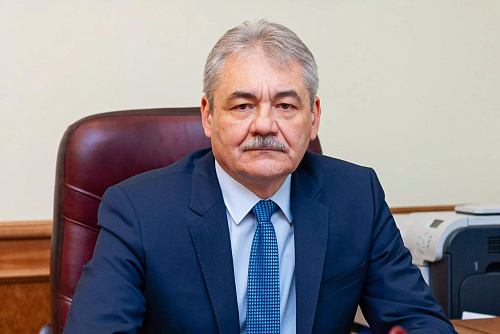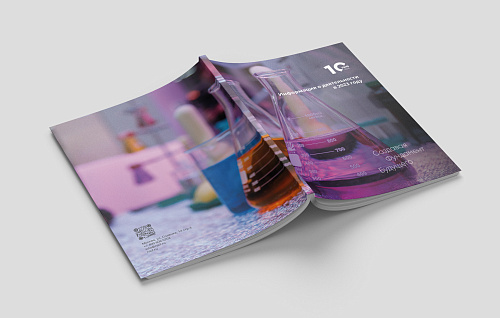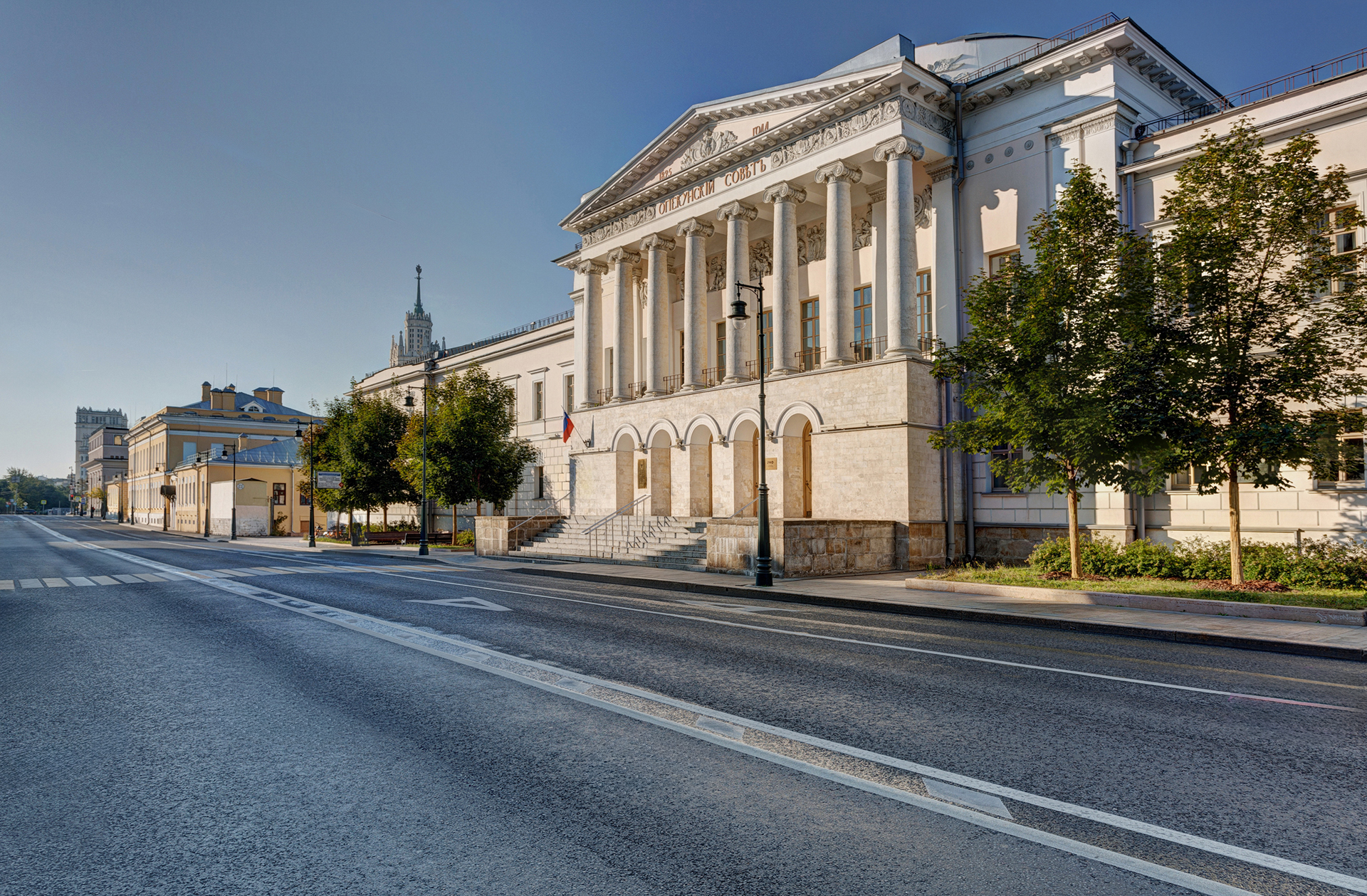
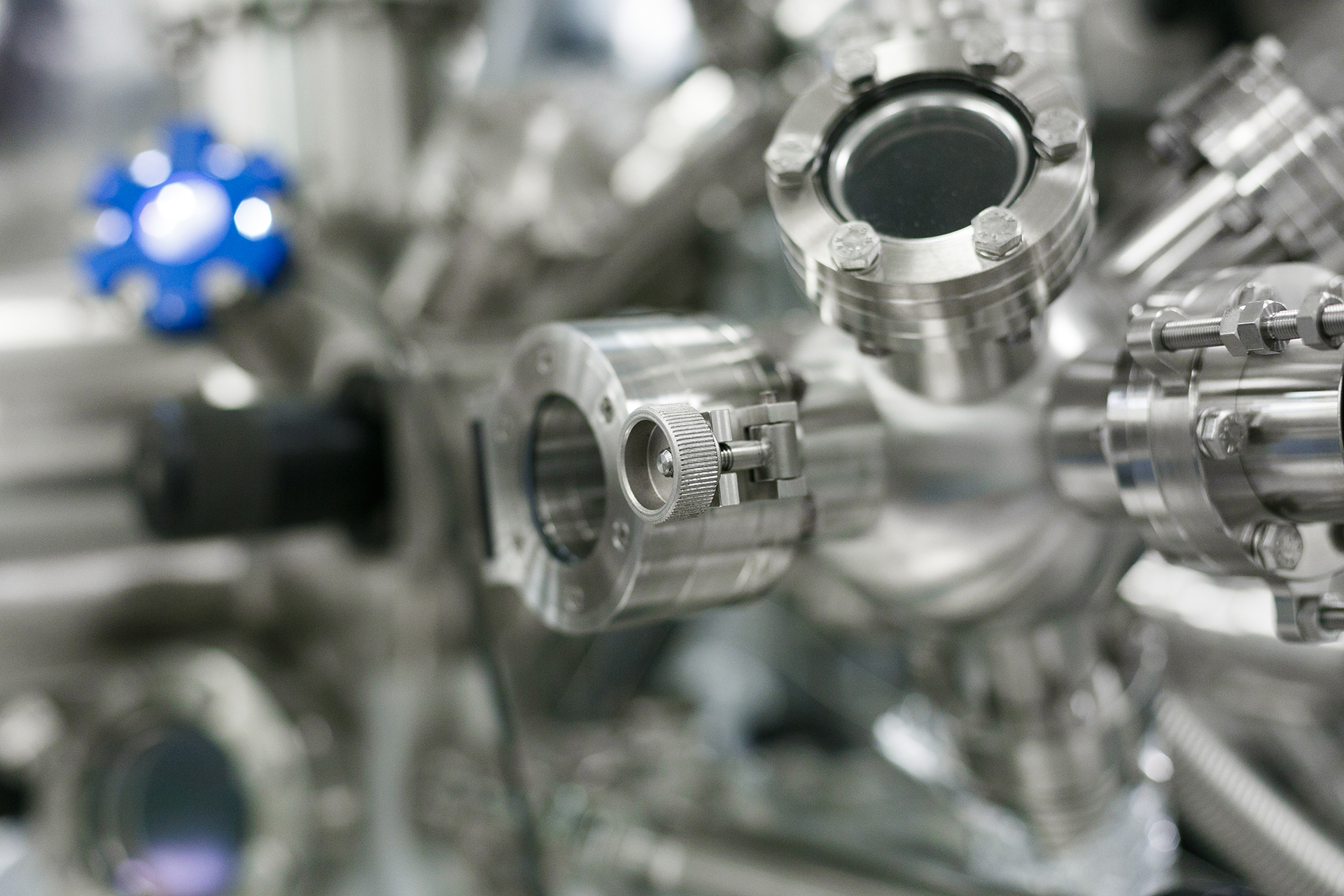
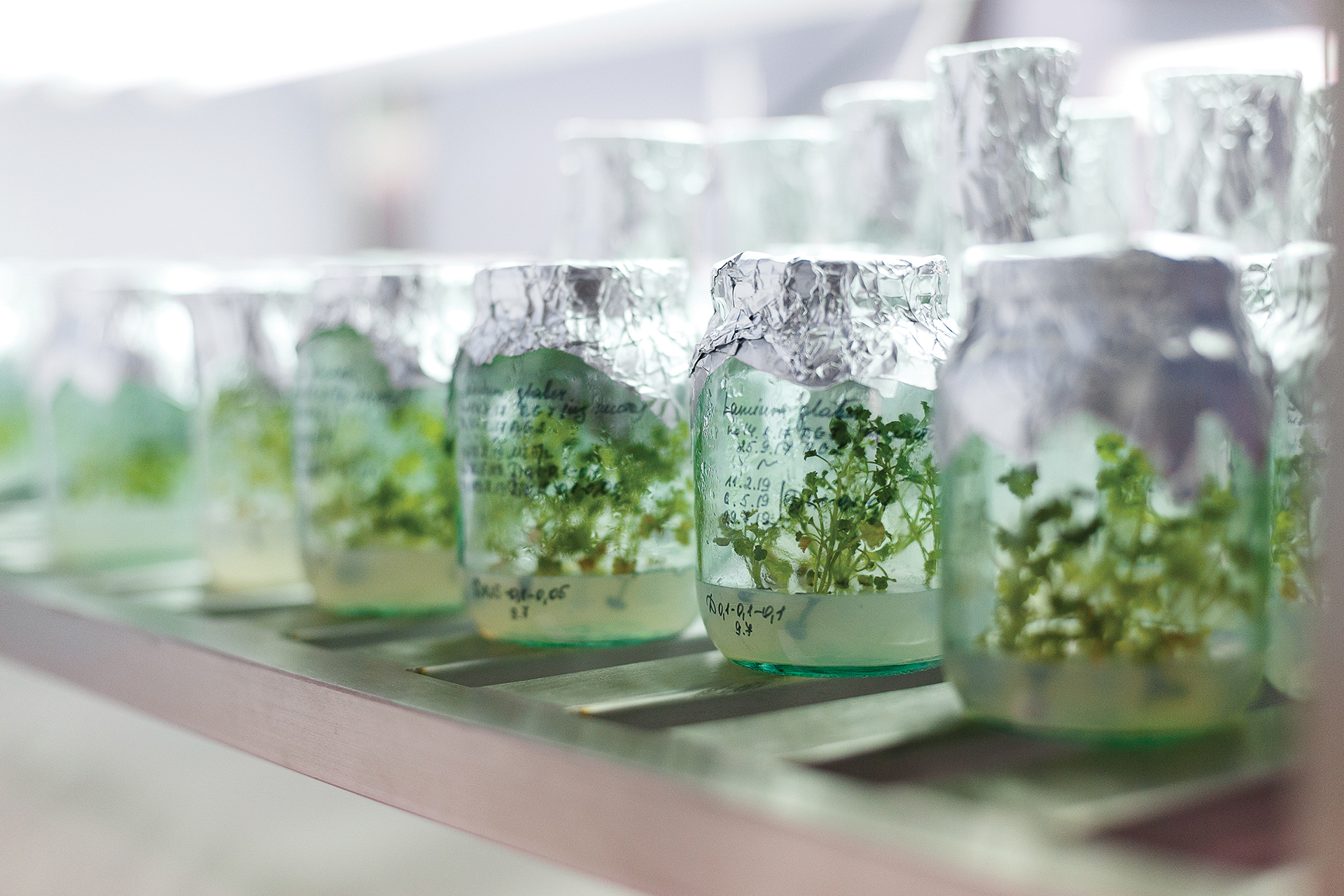
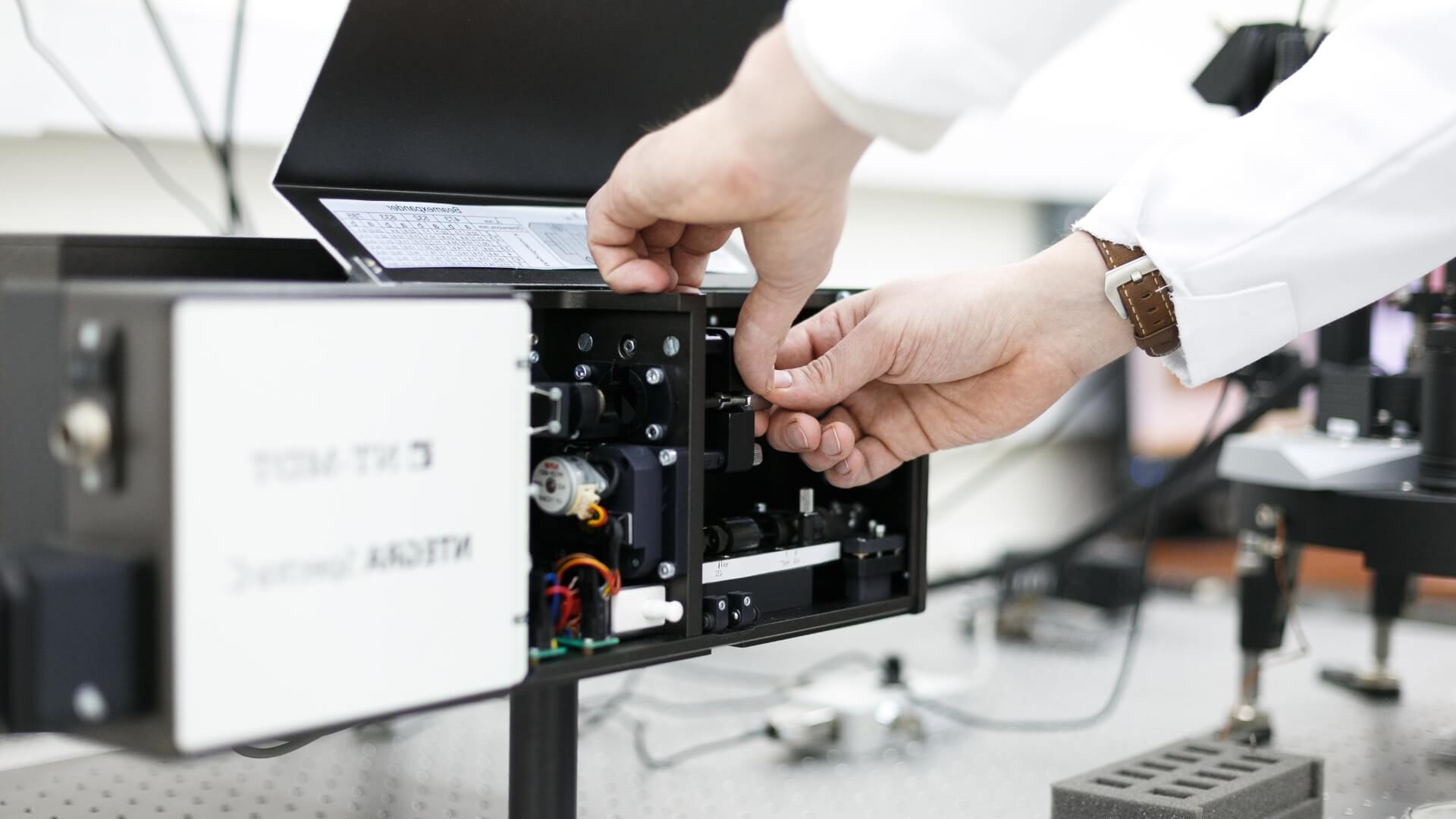
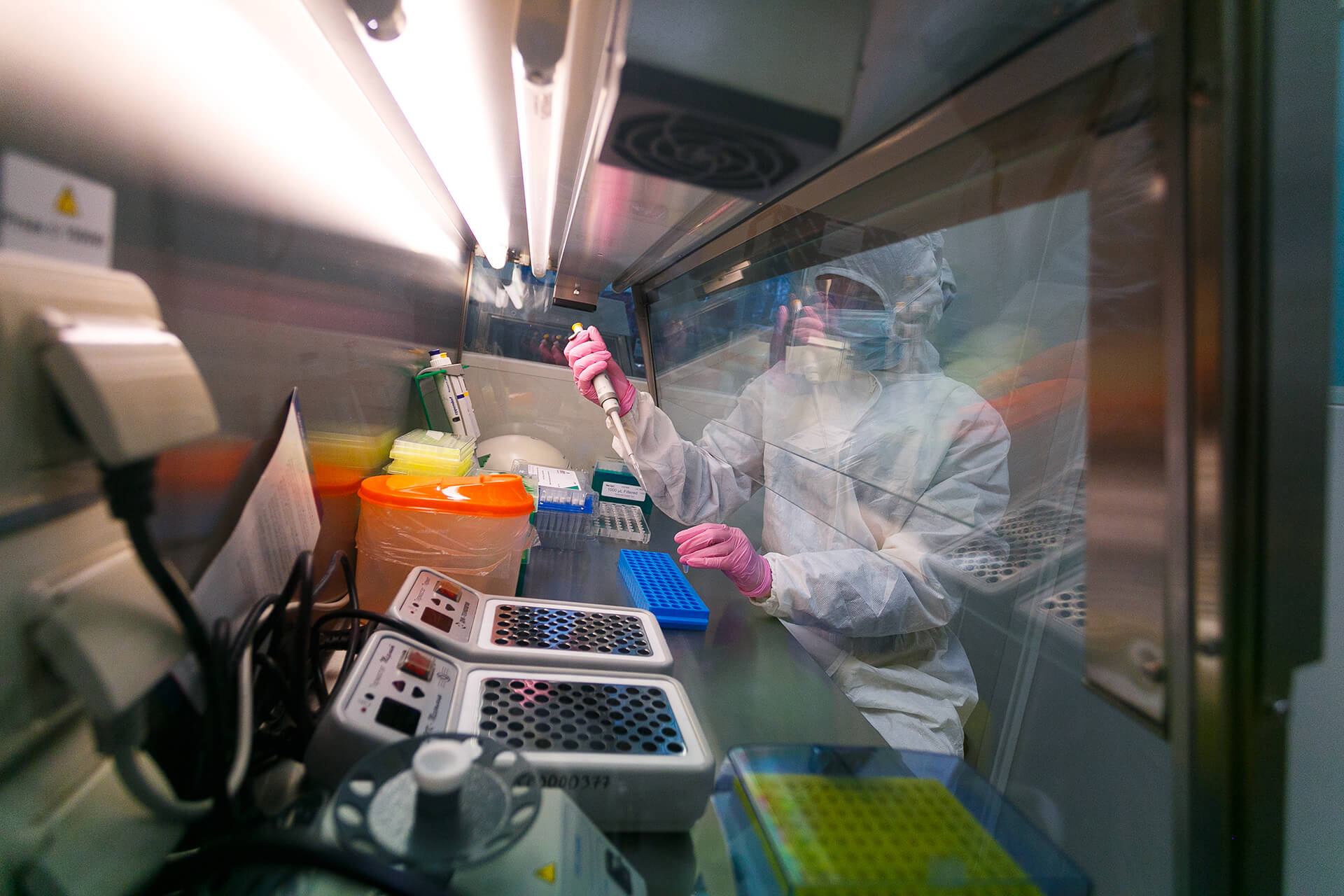
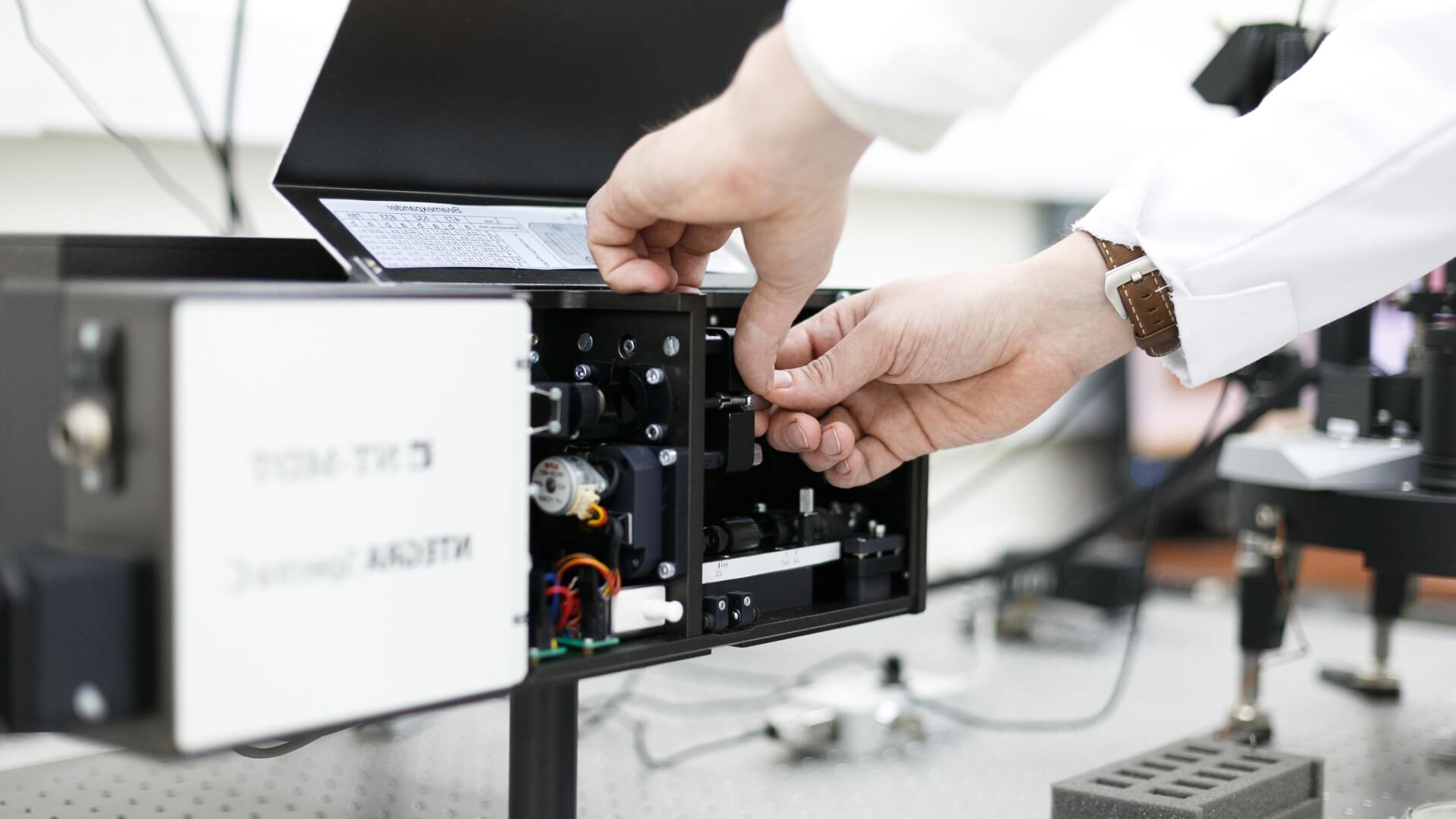
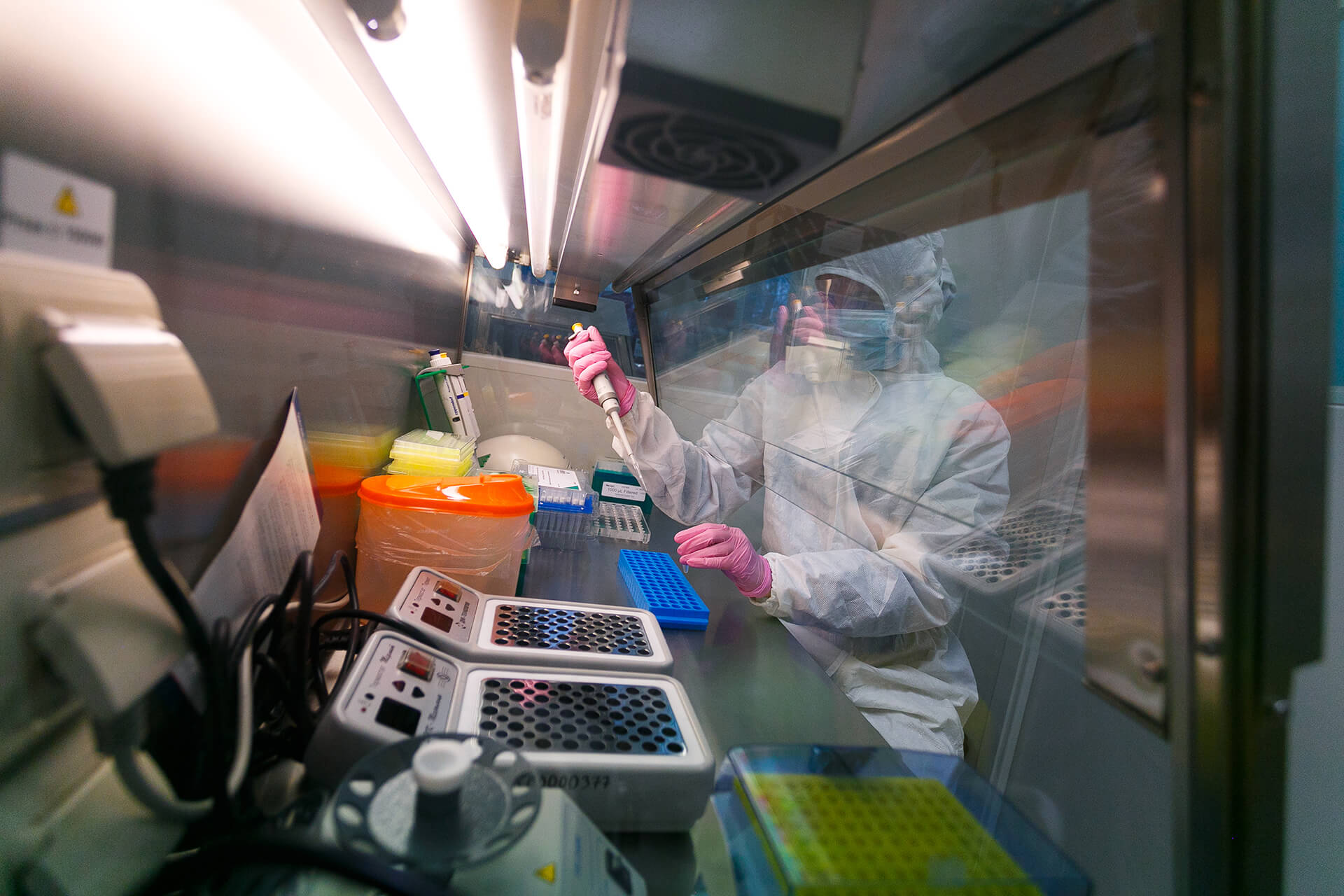
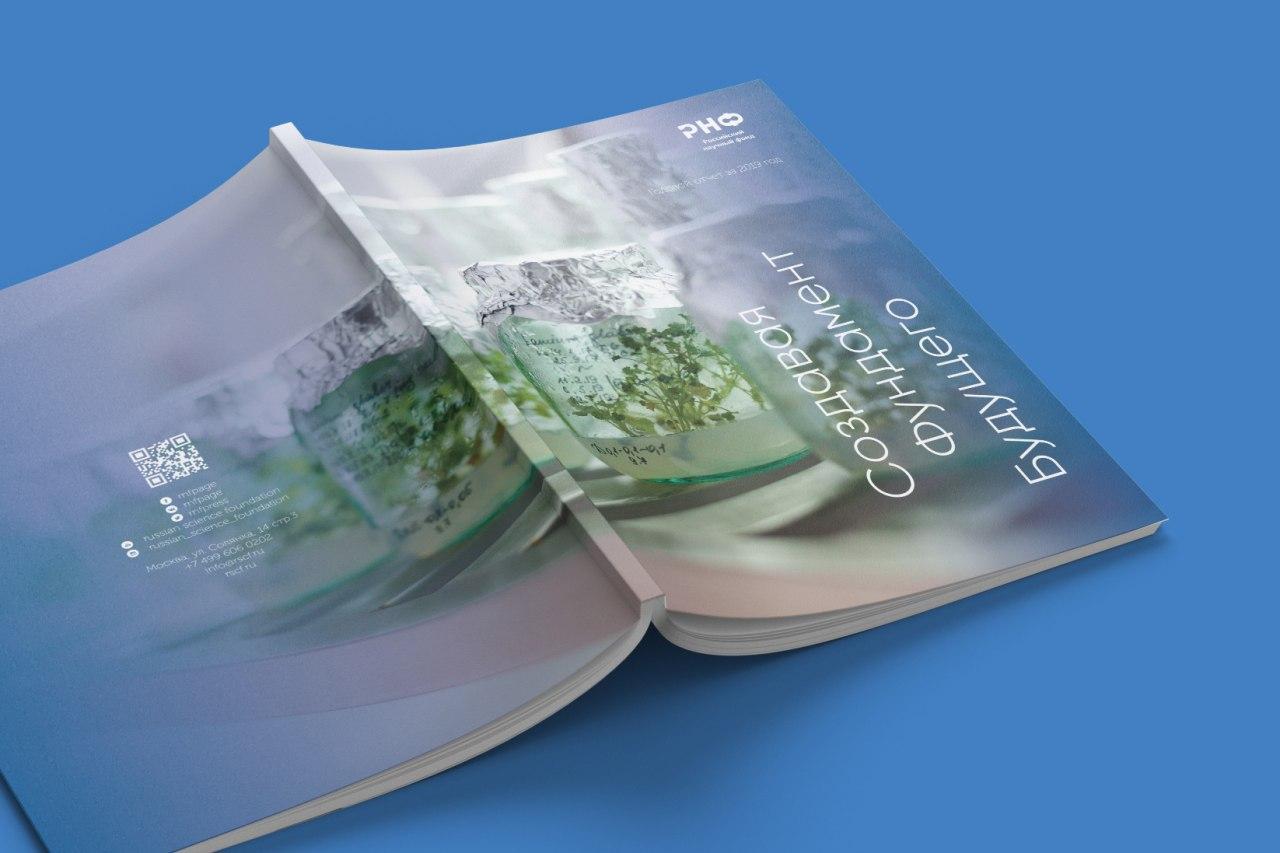
“2019 was a very productive and busy year for us,” Director General of the Russian Science Foundation Alexander Khlunov said. “Total funding for the year amounted to 21.7 billion Russian roubles. The Foundation funded 4700 projects involving 33,200 researchers (23,900 of which were aged under 39) from 579 organizations. This funding resulted in over 11,400 papers published in international journals indexed in Web of Science.”
The overwhelming majority of projects funded by the Russian Science Foundation in 2019 were based in the Central, Siberian, Northwestern, Volga and Ural dederal districts.
“It is worth noting that researchers from the Siberian federal district had the highest success rates in terms of their applications approved for funding. The number of RSF grants per 1000 researchers in the Siberian federal district is an order of magnitude higher than for any other region in Russia,” Khlunov noted.

Geographical distribution of projects supported by the Russian Science Foundation by federal districts, number. Source: Russian Science Foundation
The highest number of RSF grants were awarded to Lomonosov Moscow State University (which accounted for 7.5% of all RSF grants awarded in 2019), followed by St. Petersburg State University (5%), ITMO University (2%), the Institute of Applied Physics of the Russian Academy of Sciences (1.9%) and Ural Federal University named after the first President of Russia B.N.Yeltsin (1.8%).
The Russian Science Foundation continued to improve its expert review system in 2019: the expert councils were rotated; unbiased AI-assisted procedure for automatic assignment of reviewers was expanded and upgraded; and electronic signatures for applicants were introduced.
“The Russian Science Foundation sets itself apart from the rest through its openness and willingness to improve its operational procedures in response to comments and enquiries it receives from the research community. One of the Foundation’s main focuses in 2019 was on making things as easy and as comfortable as possible for scientists, including applicants, grant recipients and reviewers. Researchers can now use e-signatures and we have abandoned paper-based applications and reports completely. In addition, information technology is more tightly integrated with review procedures,” the Director General explained.
At the request of young female scientists, the Foundation looked into the issue of women having to interrupt their careers to have children and decided that any time spent on maternity leave can be added to the five-year period (stipulated in the Foundation’s rules) in which core investigators of the projects must have had major publications in scientific journals prior to applying for a grant as a proof of their professional skills level and qualification. In addition, there are no longer any restrictions on team leaders who have had to withdraw from the project implementation in order to take maternity leave.
“The Foundation feels very strongly about its responsibility to educate future generations and unlock the potential for women in science. We are the first science foundation in Russia to introduce a range of special conditions for women to work in teams that have been awarded funding.” Khlunov stressed.
The Foundation continues to award grants to teams engaging collaborators from outside Russia. One third of all papers funded by the RSF were prepared jointly with researchers from other countries, which is higher than the national average of 30% for Russia (but still below the average of 39% for 15 leading countries in terms of global scholarly output). The RSF grant recipients frequently work with colleagues from Germany, United States, France, United Kingdom and China. At the same time the greatest increase in international collaborations in the last four years is related to India and China.

Top 15 collaborator countries for RSF grant recipients. Source: Web of Science Core Collection, as of 01.03.2020
In 2019, there was an increase in the share of publications by the RSF grant recipients in the highly-cited journals (Q1) to 34.7%, which compares favourably to the national average for Russia (30.5%).

Share of Q1 publications in the Web of Science Core Collection, %. Source: Web of Science Core Collection, as of 01.03.2020
Some of the most promising research results of the RSF grant recipients in 2019 are presented here (page 59). To learn more about the Foundation’s activities in 2019, follow this link.
